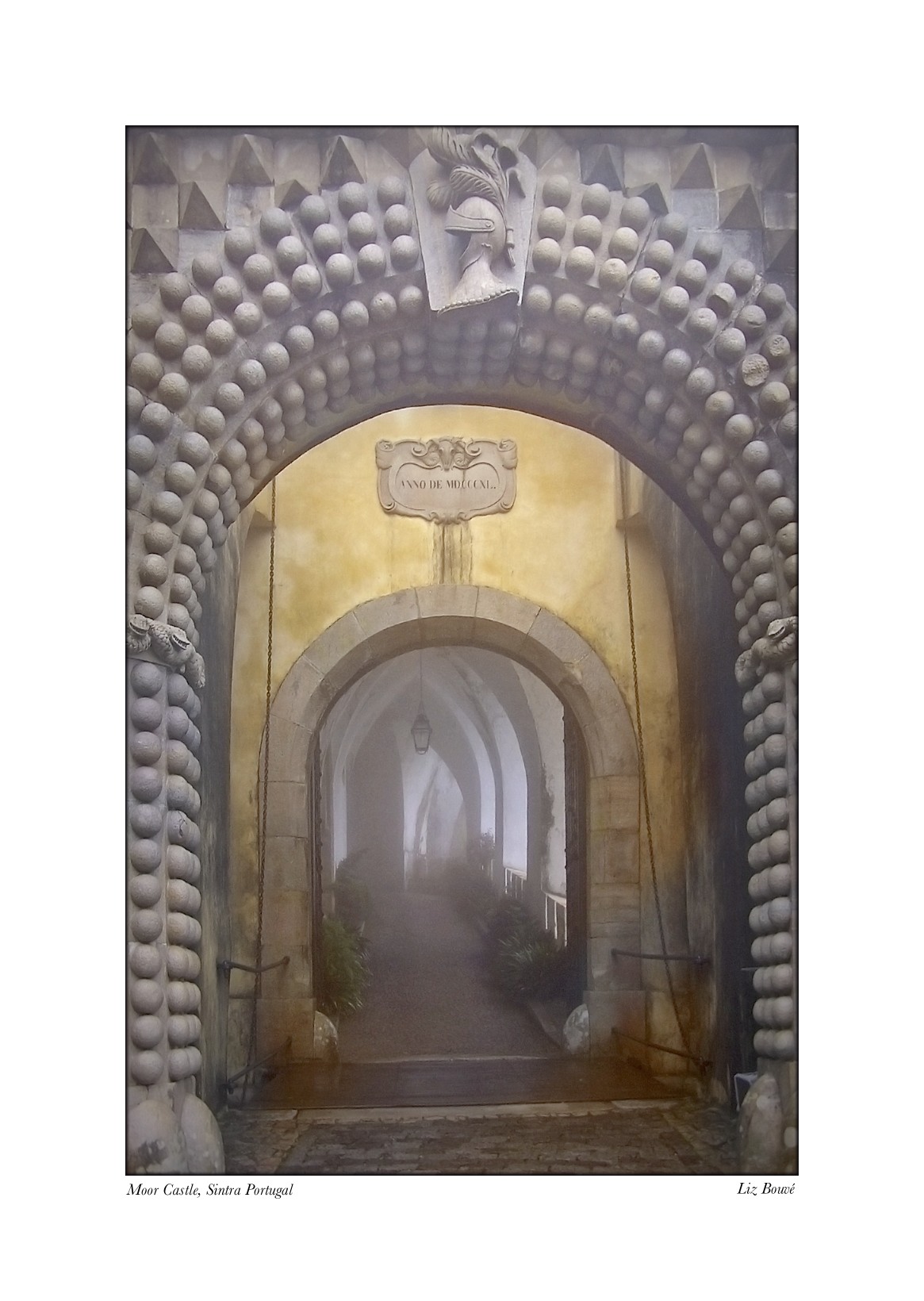
The schemes used in both the original and the new Johari models lack neatness and strict compartmentalization. In the original book, Luft cautioned that: “the reader will not find a clear-cut beginning, middle, and end, but will discover portions of the text that stimulate personal observations, speculations, and discoveries about the many ways in which people interact.” I would suggest that this same caution applies to the present set of essays and the New Johari Window. As Luft suggested:
If nothing else, we hope that our readers will never again be bored in listening in on conversations or attending a reception or other social affair. Human interactions are inherently fascinating—provided an insightful and provocative frame of reference is brought to the observation of and participation in these interactions.
To this modest hope I can only add a “ditto” and an expression of great appreciation for the fascination that Joe Luft brought to human interactions through his initial Johari Window.
The New Johari Window
While the original Johari Window offers wisdom regarding human relationships that still holds true, I have modified and expanded on this Window in several ways, suggesting that wisdom contained in the original model can be expanded through additional analysis. First, I have sought to create an expanded model that is responsive to the profound shifts that are now occurring in 21st Century societies. Along with many other social analysts, I suggested in a book I wrote more than two decades ago that we are moving into what might best be called a postmodern society (Bergquist, 1993). This shift from a modern to postmodern social system holds many implications for interpersonal relationships. In the new Johari Window model I spin out some of these implications.
Second, there are important analyses and studies regarding interpersonal relationships that were offered or conducted after Luft presented his initial model. I believe it is important to incorporate these findings in the Johari model, if this model is to be truly integrative.








